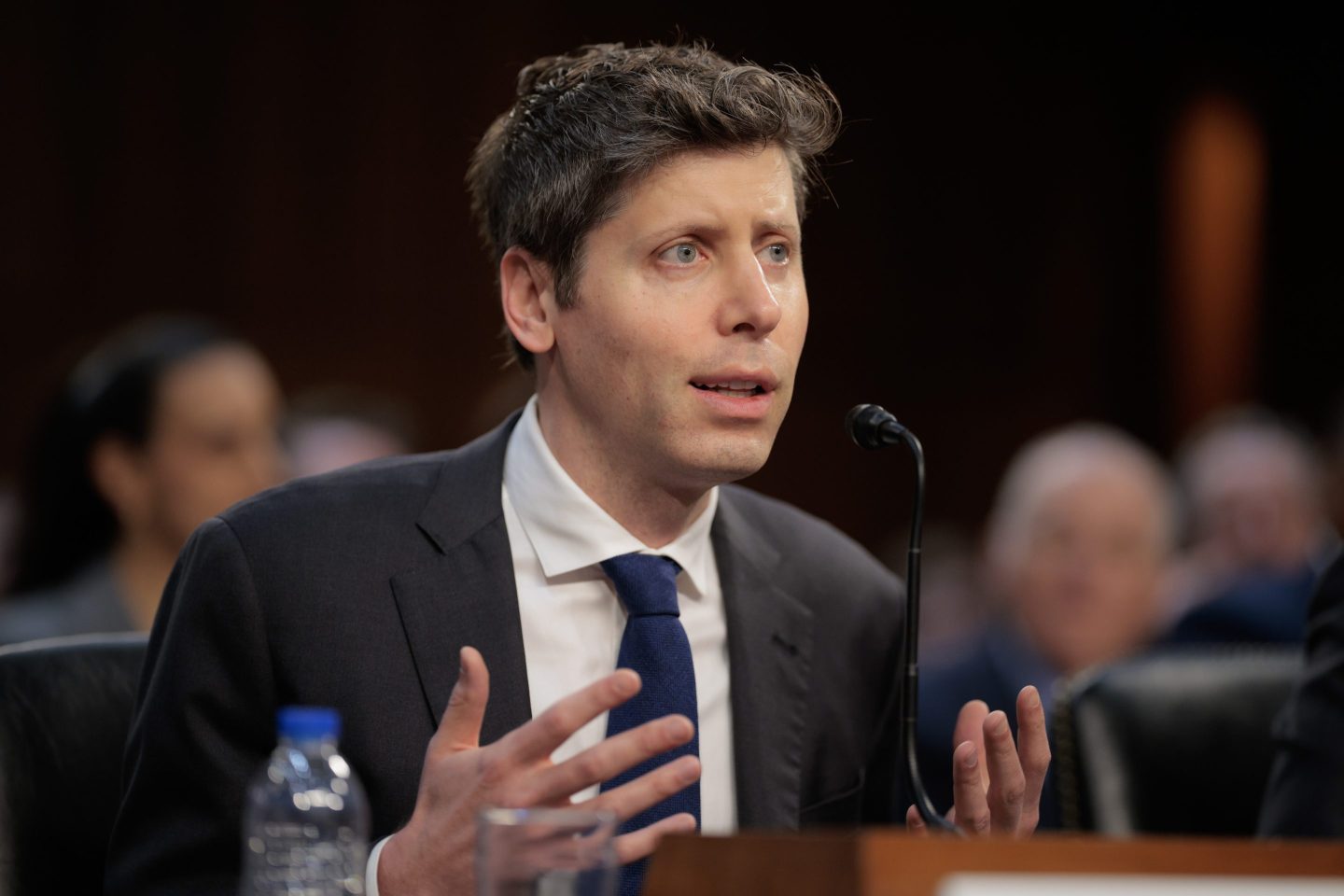Good morning!
People often think of DEI in the narrow terms of hiring and recruitment.
But over the last several years, companies have expanded the scope of their DEI programs to include a broader focus on improving the experience of all workers. When the COVID pandemic hit, it put one aspect of that experience into stark focus: health equity, or ensuring that all employees have equal access to health care.
“Five years ago, we may not have seen that kind of interest,” says Vikki Walton, health equity leader at Mercer, an HR consulting firm. “But post-COVID, we’re starting to see a lot of employers and leaders saying: we need to do something differently.”
Workers now expect their employers to provide them with better benefits, including health care coverage. And given nearly 55% of Americans were on employer-sponsored health insurance as of 2022, Walton says companies would be smart to focus on health equity if they want to attract and retain quality talent.
But she also cautions that despite growing interest in health equity, employers don’t “necessarily know what that means, and what solutions are.” To get an understanding of existing barriers and differences within one’s organization, and to help improve health equity for workers, she recommends employers take the following steps:
Capture and analyze data about your employees and health care coverage. HR teams should look at the company’s worker demographics, medical claims, prescription utilizations, and data on employee satisfaction with their health services. A lot of organizations have already started this step: Around 38% of large U.S. employers with 20,000 or more workers currently collect employee demographic data to identify members of specific groups, and 35% are requesting health equity reporting from their health plans, according to a 2023 survey of employer-sponsored health benefits from Mercer.
Conduct a health coverage gap analysis. Employers should examine their benefits and identify which ones are not inclusive to marginalized employees. They should then think about what new offerings could better support these workers. For example, people who belong to racial or ethnic minorities, or LGBTQ workers, often have better experiences seeing health care professionals from the same background, and employers can work with insurance providers to diversify their network of covered health providers to improve employees’ experiences.
Target employee populations most at risk for poor health outcomes or in need of better health care. One example of this is fertility and reproductive benefits. The maternal mortality rate in the U.S. nearly doubled between 2018 and 2021, and Black and Indigenous women experience higher rates of pregnancy-related deaths than white women. Many employers in recent years have expanded their maternity benefits to cover services like doulas or midwives who improve health outcomes for pregnant people.
Additionally, companies should work with the internal and external communities that these employees belong to. This can include working with employee resource groups, or meeting with local community leaders. Walton says she often has to educate employers on social drivers of health, and explain that the conditions employees live in outside of work impact health outcomes.
“I know for benefit managers that may be a little bit outside of their lane, but certainly if they can understand the communities in which their employees reside in, and support that is provided for some of these individuals, that is an area that they should also consider,” she says.
Paige McGlauflin
paige.mcglauflin@fortune.com
@paidion
Today’s edition was curated by Emma Burleigh.
Around the Table
A round-up of the most important HR headlines.
- A job-seeker went TikTok viral after sharing that she was not chosen for a position because recruiters told her she didn’t put enough effort into her appearance. Business Insider
- United Airlines asked its pilots to voluntarily take unpaid time off next month, citing late Boeing aircraft deliveries. CNBC
- Tesla increased its Texas workforce by 86% last year, solidifying itself as Austin’s largest private employer and Musk now has 26,000 workers in the state. Bloomberg
Watercooler
Everything you need to know from Fortune.
Soft launch. One company is piloting “soft Fridays,” when employees can decide whether to work or not, in an effort to increase productivity and flexibility. —Mikaela Cohen, HR Brew, Morning Brew
Paid to leave. McKinsey is offering its managers nine months of paid work to look for a job elsewhere. Here's when it makes sense to take that kind of deal. —Emma Burleigh
Unlikely conditioning. White men who have been bullied are more likely to recognize discrimination in the workplace, as facing harassment opens them up to recognizing bias. —Jane Thier
This is the web version of CHRO Daily, a newsletter focusing on helping HR executives navigate the needs of the workplace. Sign up to get it delivered free to your inbox.













